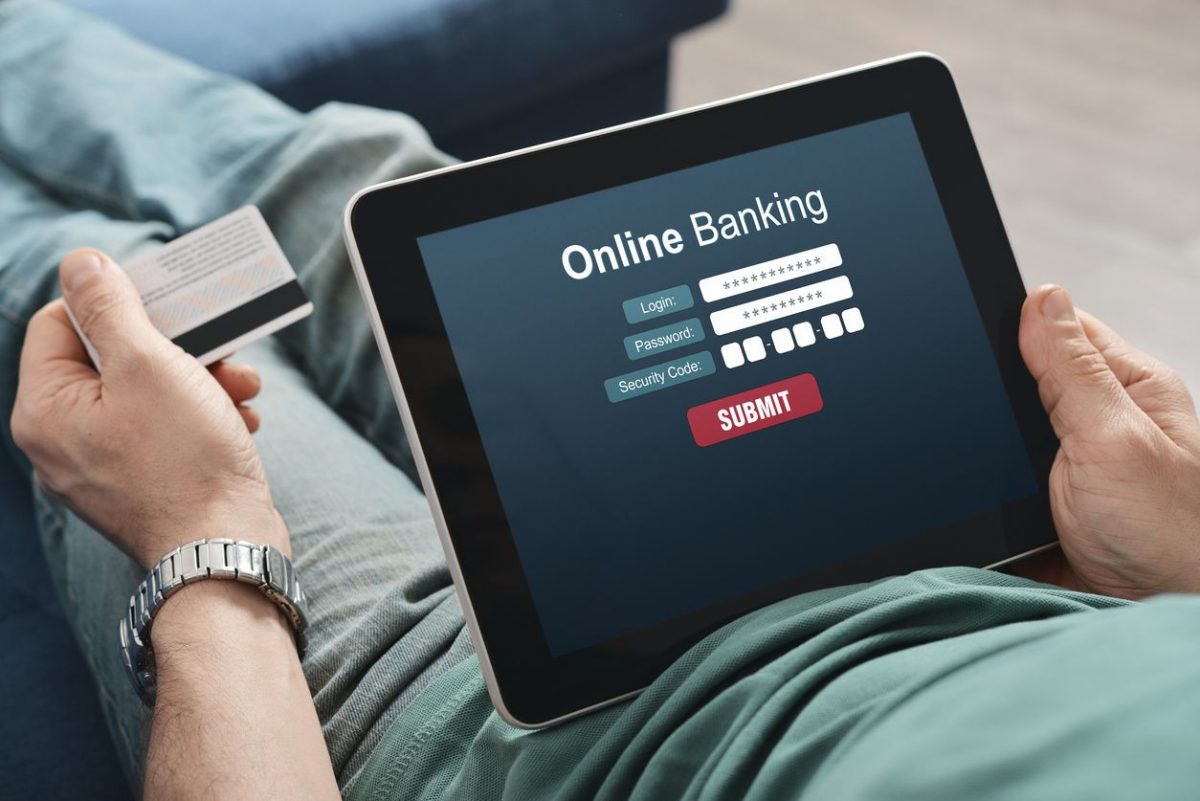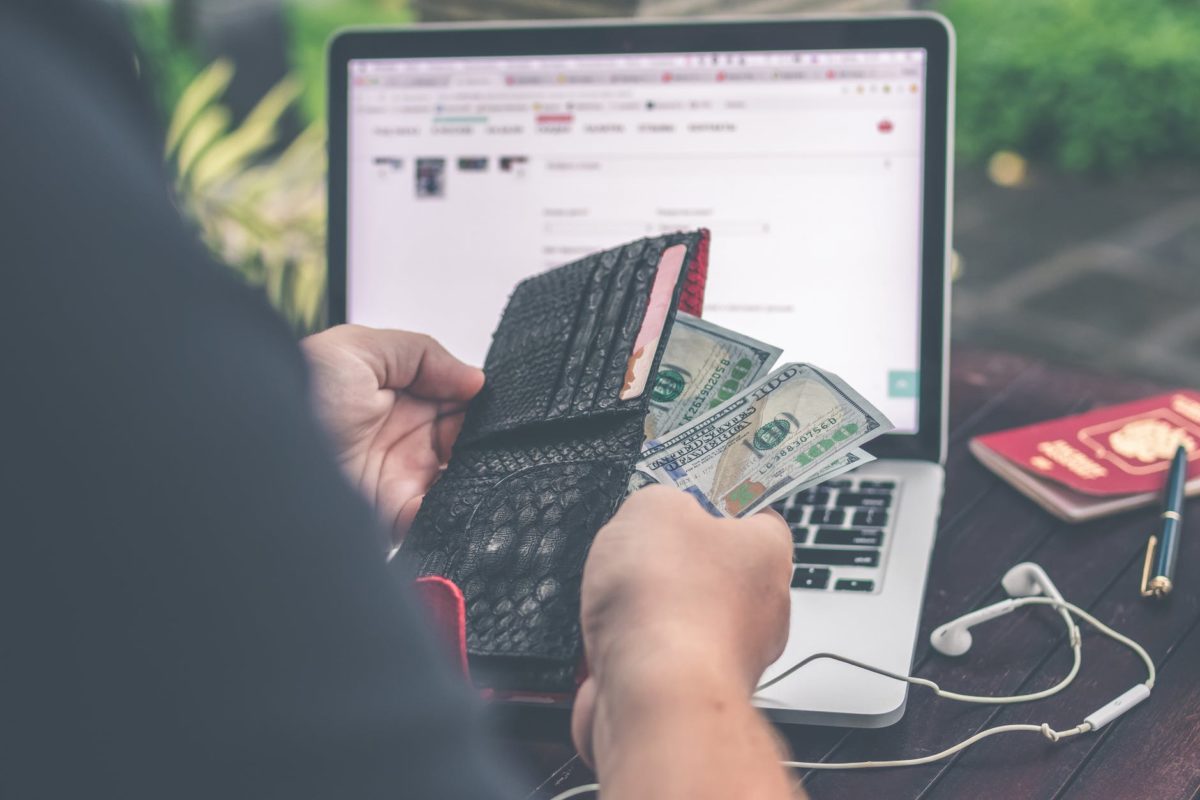
You are living in a digital world. So, why aren’t you bringing your money into that world? Take a look at all of the ways that you can use tech to manage your personal finances.
Online Banking

Online banking is growing in popularity. Research shows that 57% of Americans think online banking is convenient in comparison to the brick-and-mortar branches that they’ve gone to for their entire lives. They appreciate the fact that online banking has no restrictive schedule. Online options are available 24/7 — not just to people who have 9-5 jobs. They’re open every single day of the month, including Sundays and holidays. They don’t come in long lines or wait times. You can just log in, do your banking, and then log out whenever you’d like. All you need is a password and an internet connection.
If you haven’t joined online banking yet, you should consider taking the step. Your current bank likely has online and mobile options that you can use. If not, you can look into joining a neo-bank (a bank that’s entirely online). Then, you can easily use a computer or smartphone to deposit your funds, track your spending, pay your bills, order checks, and much more.
Applying for Credit

Applying for a new credit account can be a hassle. Luckily, there are websites like Creditfresh.com that allow you to apply for a personal line of credit online. You can fill out the application through the website, as long as you meet simple credentials. The process is convenient and has a fast turnaround time. Filling in the request only takes a few minutes.
Soon after sending in your application, you will receive a notification letting you know whether you have been approved or not. If you’re approved, you can request to draw from your account. That requested amount may be transferred from your line of credit into your bank account as soon as a single business day.
You don’t have to step outside of your house to add a personal line of credit to your financial portfolio. You can apply, draw, and repay everything from the comfort of your living room.
Budgeting

The days of filling out a budget on graph paper with a pencil are long behind you. Now, you can achieve all of your budgeting needs online.
If you still appreciate the simple layout of a spreadsheet, use software like Microsoft Excel, Apple Numbers or Google Sheets to put together a digital spreadsheet for your budget. Save it on your computer so that you can track your progress and make adjustments in the future.
If you would rather carry your budget everywhere you go, you can download one of the best budgeting apps on your smartphone and follow the instructions. Some apps offer easy tools to track your spending, cut costs, and reach your savings goals. Others can help you with ambitious financial goals like saving for retirement or picking smart investments.
Making In-Store Purchases

The presence of COVID-19 has made consumers and businesses wary of handling cash. Paper bills are well known for harboring viruses and bacteria, and the coronavirus is no exception. While there is no need to panic when you touch a paper bill, health organizations have suggested that you avoid touching your face after handling it and that you wash your hands immediately after. Another safety precaution that medical experts have suggested in this time is for consumers and businesses alike to focus on contactless payment methods.
What are contactless payment methods? Some debit and credit cards have a logo on the side that resembles a WiFi symbol. The symbol means that the user can tap the card on a checkout terminal to automatically pay for the purchase without putting in their PIN. This reduces any need to touch the checkout terminal after so many customers and employees have handled it.
Other options for contactless payments are mobile wallets. A mobile wallet is not a wallet at all. It’s an app on your mobile device that stores all of your payment information so that you can make purchases without having any physical cards handy. All you have to do is turn on the app on your smartphone or smart-watch and then wave it over the checkout terminal. Some of the most popular mobile wallet apps are Samsung Pay, Apple Pay, Google Wallet, Android Pay, and eWallet.
The only problem is that there are still plenty of businesses that haven’t adapted to this technology. So, you should always have a back-up payment form handy. It would be terrible to reach the end of the checkout line and realize that you can’t pay.
Transferring Money

Peer-to-peer money transfer apps can solve a wide variety of financial problems. If you need to pay for a bill or pay the rent and you don’t want to write a check, you can transfer the funds to the right place. If you want to pay back a friend for covering the costs of dinner, you can use the app to send them their fair share. You can use it to purchase items in online stores, pay freelancers for services, or help out a friend overseas. All of these things are possible and more.
These are some of the most popular money transfer apps:
- Venmo
- CashApp
- PayPal
- WorldRemit
- TransferWise
- Azimo
How does it work? Users link their bank accounts to these third-party apps so that they can transfer money whenever they want. Some apps like Venmo aren’t linked directly to your bank. They are digital/virtual wallets. You store a chosen amount of money onto the app ahead of time so that you can draw from it whenever you want to make a transfer. When you’re ready, you input the amount that you would like to transfer, fill in the recipient’s information, and send it off. The results are almost immediate.
Peer-to-peer transfer apps are also excellent resources for freelance workers, especially those that work in digital fields. A money transfer will arrive a lot faster than a check in the mail. So, you don’t have to worry as much about your income.
There’s no reason to stick to the old ways of money management. You don’t have to deal with paper bills, in-person applications or lines at your local bank branch again. You can do everything on the smartphone sitting in your pocket.
















